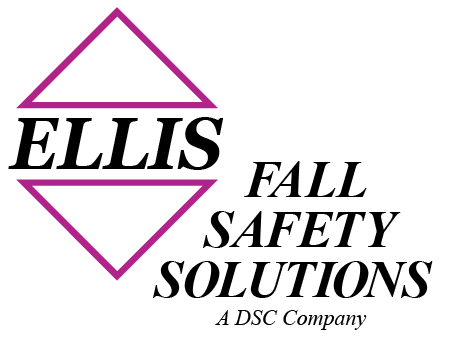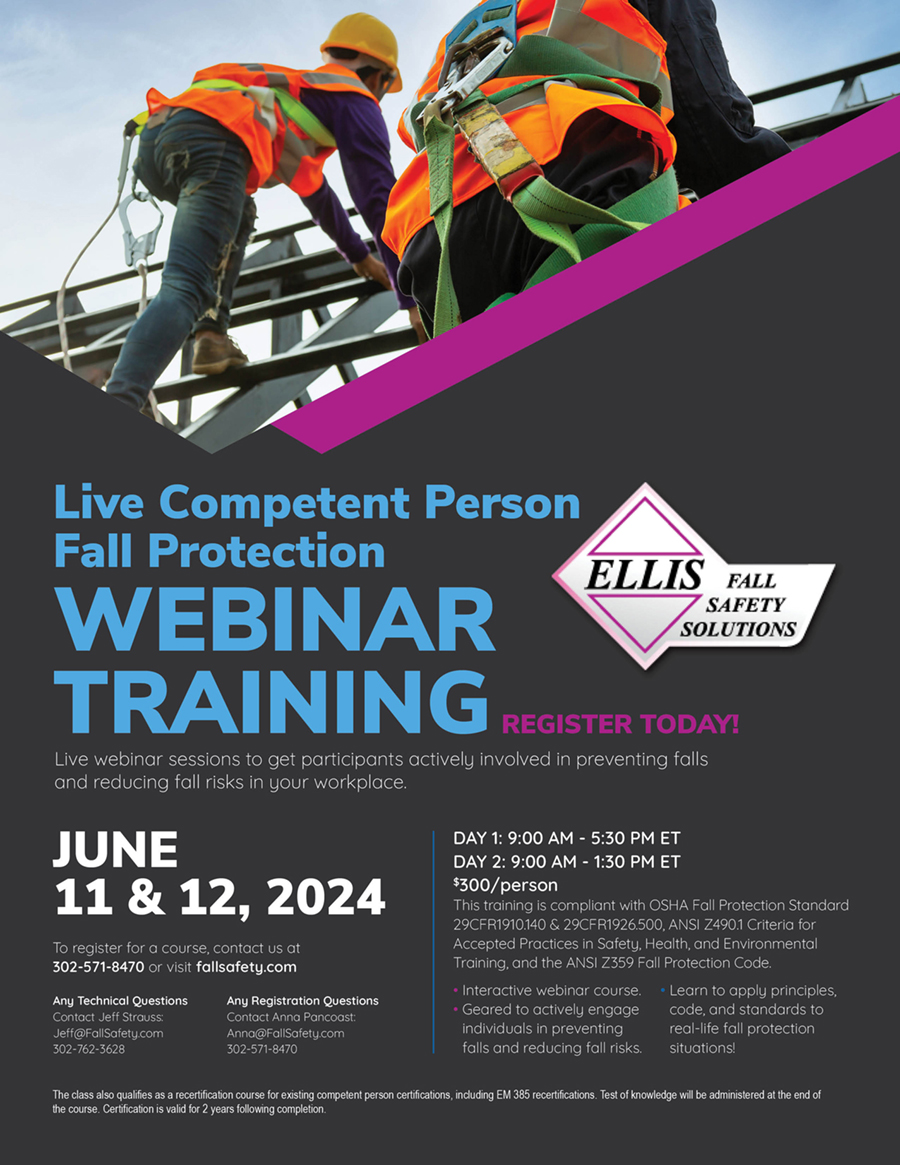Roof anchors are an important fall protection safety feature for window cleaner worker. Be that as it may, other maintenance individuals who also devote much of the time working from rooftops can likewise profit from safer roof anchors. Probably the most ideal approach to guarantee you are utilizing the equipment properly is to ensure that it is well installed and inspected regularly. This is the duty of the owner or building manager.
To guarantee the success of a roof anchor, you ought to install and inspect the entire guidelines provided in the user manual. With respect to the area, you’d prefer to install the system, it’s essential to carry out a complete inspection to make sure all structures and rafters are free from deterioration, rot, or defects. Constant inspections help lessen the possibility of using equipment that is damaged and may fail when presented with the forces of fall arrest. You will need the building drawings and be able to read them clearly
Roof anchors are to be installed on roofs of buildings made of wood and steel. The roof material should be able to support a tensile load of 5,000 lbs. The area of installation ought to be chosen to limit the danger of swing fall hazards to the max. 15 degrees. Extra considerations for installation and use will be noted in the product’s User Instruction Manual for installation. Reviewing the document cautiously to make certain appropriate equipment usage and installation is vital.
Before using a permanent roof anchor, a visual inspection of the equipment must be done. Any defective, poorly maintained, or unsafe equipment should be removed from service right away. Equipment that has been subjected to the forces of fall arrest should also be removed from service instantly. Also, any repairs that need to be made to the fall equipment ought to be performed by the manufacturer. Upon visual inspection, the equipment including anchors ought not to have any indications of corrosion, chemical attack, alteration, extreme heating, bending or severe wear.
Working in a construction field during installation can definitely damage the equipment in the area. While an inspection of the equipment before use is mandatory, OSHA requires that a Competent Person other than the user should do that yearly. A Qualified Person must test the anchors every decade. Workers should regularly read the instruction manual comprehensively to make the best use of the equipment.
Ellis Fall Safety helps you sort out the different questions and opinions provided by the Team of Professionals to keep your anchor points and window cleaning management under control.

